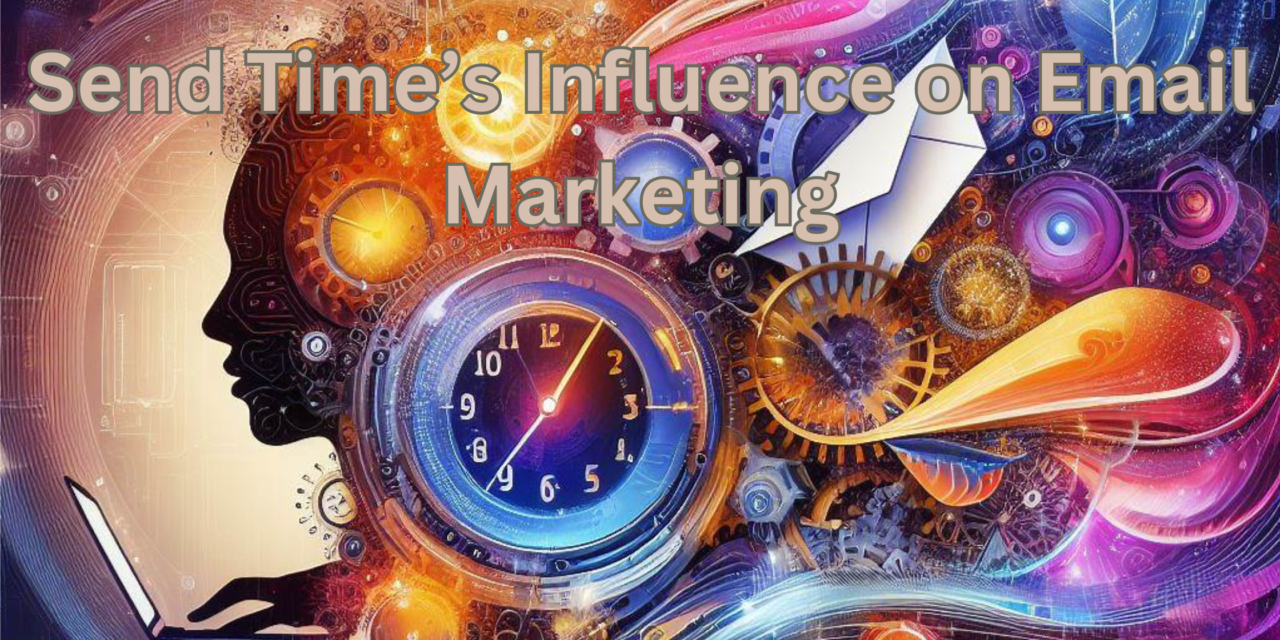In the fast-paced world of digital marketing, the success of an email campaign often hinges on the perfect timing of your message delivery. Understanding the optimal send time when your audience is most receptive can make or break your email marketing efforts. Sending emails at 9AM just to be at the top of the inbox, or because that is what your competitor does, might be a strategy that worked in the past, but sending at the right time for your recipients can have incremental positive impacts on your campaign’s performance.
While the idea of blasting your entire email list simultaneously might seem like an efficient strategy, it can hinder your campaign’s performance. Not all subscribers are active at the same time, or time zone, and bombarding them simultaneously may lead to your messages getting lost in the crowded inbox.
Moreover, email service providers (ESPs) often limit the number of emails that can be sent per minute to prevent spam-like behavior. Sending a massive volume of emails in a short time frame may trigger spam filters, adversely affecting your deliverability rates. This makes finding the right time to reach your audiences even more important if you need to boost user engagement and performance.
Do it yourself
The first step in mastering send times is understanding your audience. Every target demographic operates on a unique schedule, so what works for one group may not work for another. Begin by conducting A/B testing to analyze the response rates at different times of the day and days of the week.
Consider factors such as the nature of your content and the characteristics of your audience. For instance, B2B emails might perform better during office hours, while B2C emails may see more engagement during evenings or weekends. Leverage analytics tools to track open rates, click-through rates, and conversions based on the time your emails are sent.
This can be a very tedious operation to manage and build schedules, segments and ensure you have the right data at hand to accomplish these tasks. Thinking beyond time zone, you need to test elements that include Day of the Week and Time of day for multiple audiences.
Put the machines to work for you
As digital marketing evolves, so do the tools at our disposal. Enter Send Time Optimization (STO), a game-changer for email marketers. STO tools analyze vast amounts of data to determine the optimal time to send emails to everyone on your list.
These tools consider factors such as past engagement behavior, time zone differences, and even external factors like industry performance. STO tools continuously adapt and refine their recommendations, ensuring that your emails are delivered precisely when your audience is most likely to engage. STO Services like Audience Point quote Send Time Optimization for re-engagement shows a 225% increase in engagement from dormant customers. Meaning STO not only helps with active members, but puts your messages back in front of your dormant customers when they are active in their inboxes and are more likely to engage with your email again.
For example, a retail brand might capitalize on holiday shopping seasons, restaurants might focus on early afternoons when people are thinking about “what to have for dinner?”, while an airline may send midweek when people are thinking about weekend plans. The combination of the right message at the right time creates a powerful synergy that drives engagement and conversions.
STO isn’t always the way to go
However, while STO can improve efficiency and effectiveness for email marketing, it’s essential to acknowledge its limitations. One notable drawback is the potential mismatch with time-sensitive campaigns. Imagine a flash sale or a limited-time offer—STO, relying on historical data, might recommend a delivery time that doesn’t align with the urgency of these promotions. In such cases, where immediacy is crucial, rigid adherence to STO suggestions might not serve the best interests of the campaign. It highlights the importance of a nuanced approach, where marketers need to balance the data-driven insights provided by STO with the real-time demands of certain time-sensitive initiatives.
In the dynamic landscape of digital marketing, mastering the art of send times is essential for staying ahead of the competition. Embrace A/B testing to understand your audience, leverage the capabilities of Send Time Optimization tools, and recognize the impact of timing on your email campaign’s performance.
Go ask your ESP now about their capabilities to support STO for your marketing efforts. Remember, it’s not just about sending emails; it’s about sending them at the right time with a message that resonates with the subscriber.


